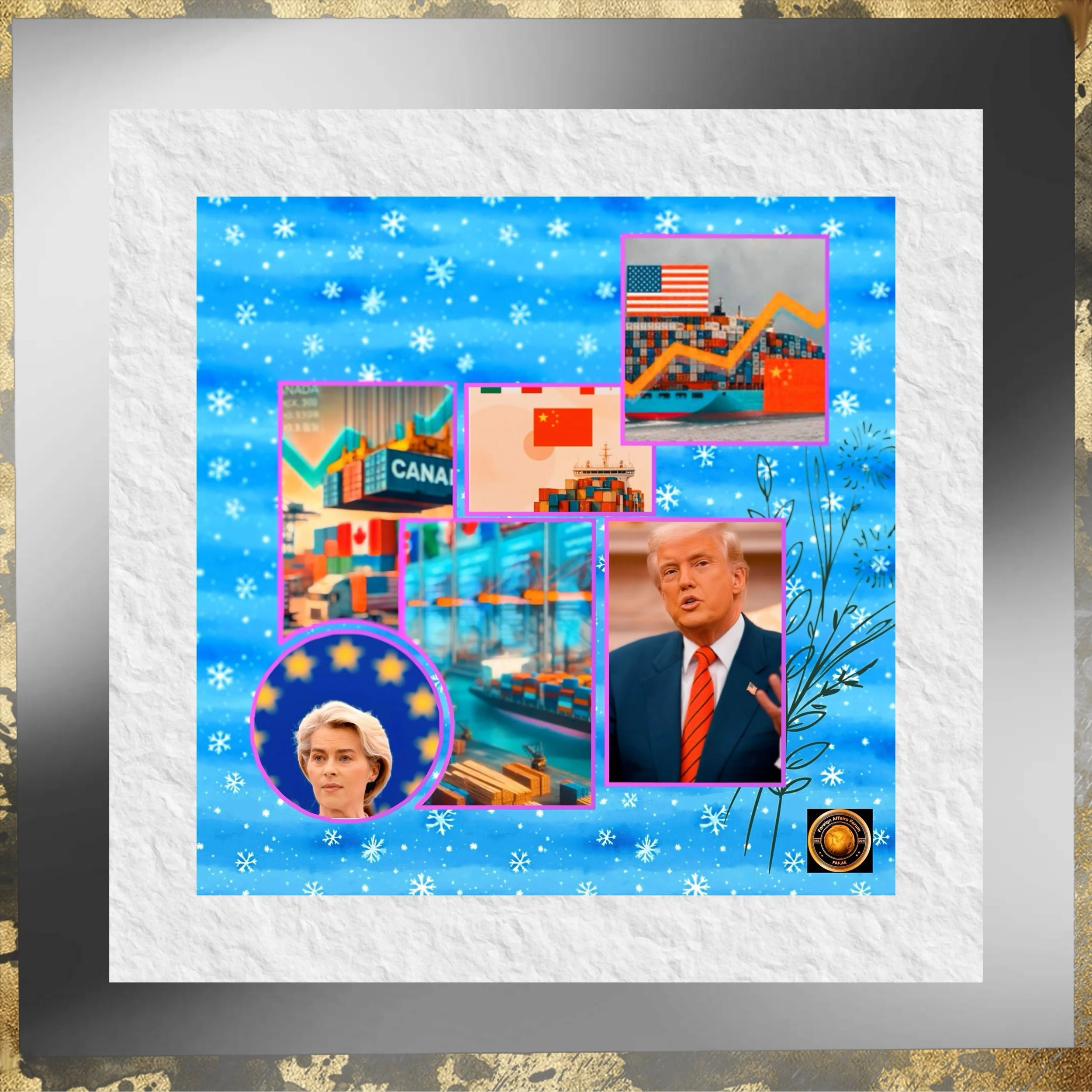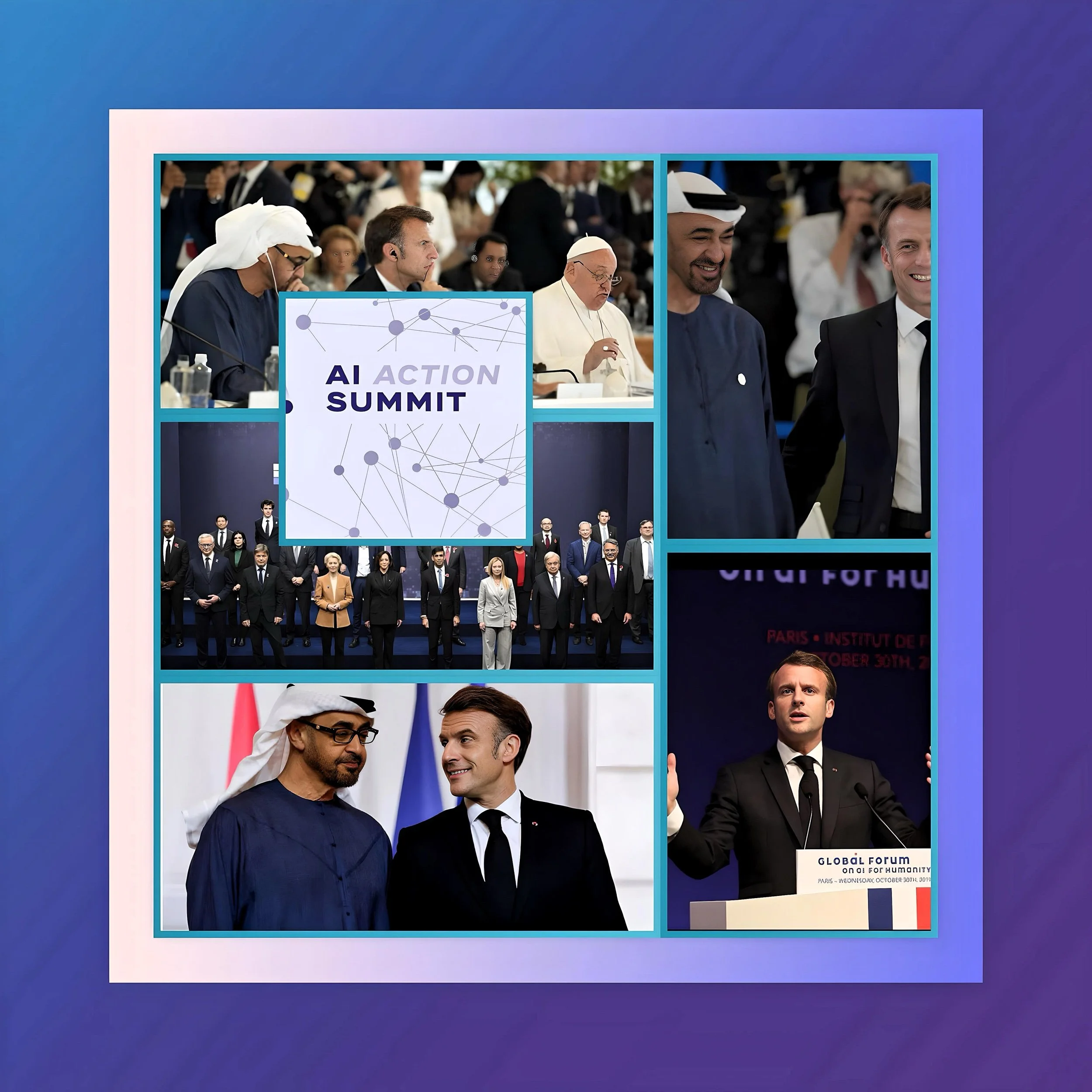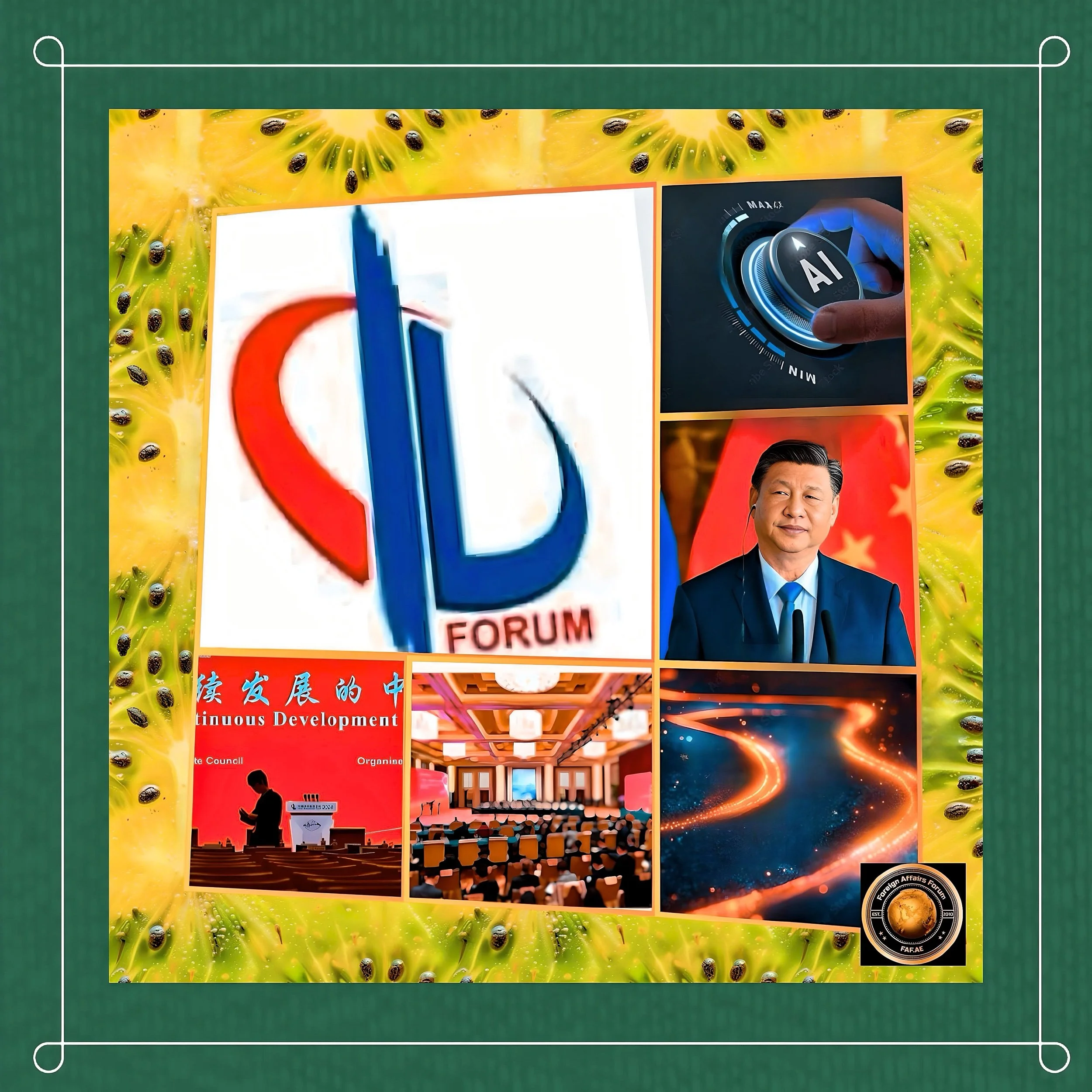UAE’s $1.4 Trillion Investment in the United States: Strategic Motivations and Sectoral Priorities
Introduction
The United Arab Emirates’ commitment to invest $1.4 trillion in the United States over the next decade, announced on March 21, 2025, represents a transformative shift in global economic alliances and technological competition.
This unprecedented financial pledge—equivalent to 40% of the UAE’s GDP—follows high-level talks between UAE National Security Adviser Sheikh Tahnoon bin Zayed and U.S. President Donald Trump.
It underlines Abu Dhabi’s ambition to secure geopolitical leverage, access advanced technologies, and diversify its oil-dependent economy.
While the UAE has aggressively pursued domestic growth in artificial intelligence (AI), finance, and infrastructure under its National AI Strategy 2031, this U.S.-focused investment framework reveals a calculated strategy to align with American technological leadership while hedging against regional uncertainties and China’s rising influence.
The deal prioritizes AI infrastructure, semiconductors, energy systems, and advanced manufacturing, reflecting the UAE’s dual goals of economic modernization and long-term strategic positioning in the U.S.-China rivalry.
Strategic Motivations Behind the UAE’s Investment
Geopolitical Realignment in the U.S.-China Tech Cold War
The UAE’s investment surge coincides with its delicate balancing act between Washington and Beijing. According to the CSIS analysis, Emirati officials have explicitly pursued “decoupling from China in AI” to secure U.S. technology transfers, particularly advanced semiconductors like Nvidia’s H100 GPUs.
This pivot follows U.S. pressure to strip Chinese equipment from critical infrastructure, as seen in G42’s removal of Huawei technology from its data centers.
By anchoring $100 billion in AI infrastructure partnerships with Microsoft, BlackRock, and NVIDIA, the UAE aims to position itself as a “swing state” in the tech Cold War.
It will leverage U.S. trust to access cutting-edge innovations while maintaining broader economic ties with China.
The $1.5 billion Microsoft-G42 partnership exemplifies this strategy, combining Emirati capital with American cloud infrastructure to build secure AI data centers.
Such collaborations allow the UAE to bypass U.S. export controls on AI chips, a privilege contingent on distancing itself from Chinese tech ecosystems.
One UAE official stated, “Working with the U.S. on sensitive technology… decoupling is the right word.”
This realignment mitigates risks of secondary sanctions and ensures participation in Western-led tech ecosystems, which is critical for achieving the UAE’s goal of deriving 20% of non-oil GDP from AI by 2031.
Economic Diversification Beyond Hydrocarbons
Despite the UAE’s $503 billion GDP and sovereign wealth funds exceeding $1.3 trillion, oil and gas still account for 30% of its economy.
The National AI Strategy 2031 aims to reduce this dependency by fostering a knowledge-based economy, but domestic limitations in talent and R&D necessitate foreign partnerships.
The $1.4 trillion U.S. investment channels hydrocarbon revenues into sectors with higher long-term yields:
AI Infrastructure
The UAE seeks to co-own next-generation data centers through ventures like the Microsoft-G42 “Stargate Project,” which plans $500 billion in global AI infrastructure, including U.S.-based supercomputers.
Semiconductors
Partnerships with NVIDIA and xAI aim to secure supply chains for AI chips, circumventing China’s manufacturing dominance.
Renewables and LNG
ADNOC’s XRG division will invest in U.S. natural gas exports via Texas’ NextDecade LNG facility, aligning with UAE energy transition goals while capitalizing on America’s shale boom.
Sheikh Tahnoon noted that these investments accelerate “sustainable growth” by marrying Emirati capital with U.S. innovation.
Securing Critical Minerals and Industrial Capacity
The UAE’s $1.2 billion mining partnership with Orion Resource Partners targets lithium, cobalt, and rare earth metals essential for AI hardware and renewable energy systems.
With China controlling 60% of global rare earth production, this initiative reduces supply chain vulnerabilities while supporting U.S. reindustrialization efforts under Trump’s economic policies.
Similarly, Emirates Global Aluminum’s planned smelter—the first in the U.S. in 35 years—will bolster domestic production for the aerospace and EV sectors, addressing a strategic weakness exposed during pandemic-era shortages.
Sectoral Focus of UAE Investments
Artificial Intelligence Infrastructure
The UAE has earmarked $100 billion for AI data centers through a Microsoft, BlackRock, and NVIDIA consortium.
This aligns with Abu Dhabi’s MGX fund, which seeks to dominate AI cloud infrastructure globally. Key projects include:
Next-Gen Data Centers
The partnership will deploy Nvidia’s Grace Hopper Superchips and xAI’s Grok models across U.S. facilities, enhancing compute capacity for AGI (artificial general intelligence) development.
AI Talent Pipeline
G42’s collaboration with U.S. universities aims to train 100,000 AI engineers by 2030, addressing the UAE’s domestic skill gap.
Ethical AI Governance
Joint UAE-U.S. working groups will establish standards for AI safety, positioning Abu Dhabi as a regulatory hub.
Energy Transition and Fossil Fuel Expansion
Paradoxically, the UAE is doubling down on hydrocarbons while funding America’s energy transition:
LNG Exports
ADNOC’s XRG will invest $25 billion in Texas’ LNG terminals, capitalizing on Europe’s post-Russia energy crisis.
Low-Carbon Solutions
ADQ and Energy Capital Partners’ $25 billion fund targets carbon capture, hydrogen hubs, and modular nuclear reactors.
Critical Minerals
The Orion-ADQ venture will develop lithium mines in Nevada and graphite processing in Alabama, essential for EV batteries.
Semiconductor Sovereignty
With China producing 31% of global semiconductors and the U.S. at 12%, the UAE’s investments aim to rebalance this equation:
Chip Manufacturing
Partnerships with Broadcom and Synopsys will establish advanced packaging facilities in Arizona, leveraging the CHIPS Act subsidies.
R&D Collaboration
Abu Dhabi’s Mubadala will co-fund MIT’s quantum computing research to develop 1,000-qubit processors by 2028.
Advanced Manufacturing Reshoring
The Emirates Global Aluminum smelter project exemplifies the UAE’s strategy to support U.S. industrial policy:
Aluminum Production
Kentucky's $3.5 billion facility will produce 650,000 metric tons annually, reducing reliance on Chinese imports.
Defense Applications
High-purity aluminum will supply Lockheed Martin and Northrop Grumman, strengthening AUKUS alliance capabilities.
Implications for UAE-U.S. Relations
Technology Transfer and Export Control Challenges
While the deal grants UAE entities like G42 access to restricted AI chips, U.S. officials remain wary of diversion risks.
The CSIS report highlights ongoing tensions over export license approvals, with Emirati firms required to implement “commercial-grade” cybersecurity measures at Microsoft-operated data centers.
However, gaps persist in monitoring dual-use technologies, particularly quantum computing and autonomous systems.
Economic Interdependence Risks
The UAE’s investments deepen its exposure to U.S. macroeconomic stability. A 2025 Federal Reserve rate hike could erode returns on the $1.4 trillion portfolio, 60% of which is denominated in dollar assets.
Conversely, the U.S. benefits from subsidized infrastructure development without taxpayer burdens—a model critics compare to China’s Belt and Road Initiative.
Shifting Middle East Dynamics
The UAE signals a broader Gulf realignment by redirecting capital from China’s BRI to U.S. tech.
Saudi Arabia’s $200 billion U.S. AI fund and Qatar’s $50 billion semiconductor pledge suggest a regional race to secure Washington’s favor amid Iran’s nuclear ambitions.
Conclusion
A Calculated Gambit in the Post-Oil Era
The UAE’s $1.4 trillion investment reflects a multifaceted strategy to transcend its hydrocarbon legacy while navigating great-power competition.
Abu Dhabi secures access to critical innovations and geopolitical cover by anchoring its AI ambitions to U.S. technological supremacy.
However, this dependency risks entanglement in U.S. domestic politics and export control regimes that could stifle its 2031 diversification goals. For the U.S., the influx of Emirati capital accelerates AI infrastructure build-out but necessitates rigorous oversight to prevent technology leakage.
As the UAE and the U.S. codify this partnership, their success will hinge on balancing mutual economic gains with the inherent risks of asymmetric interdependence.






